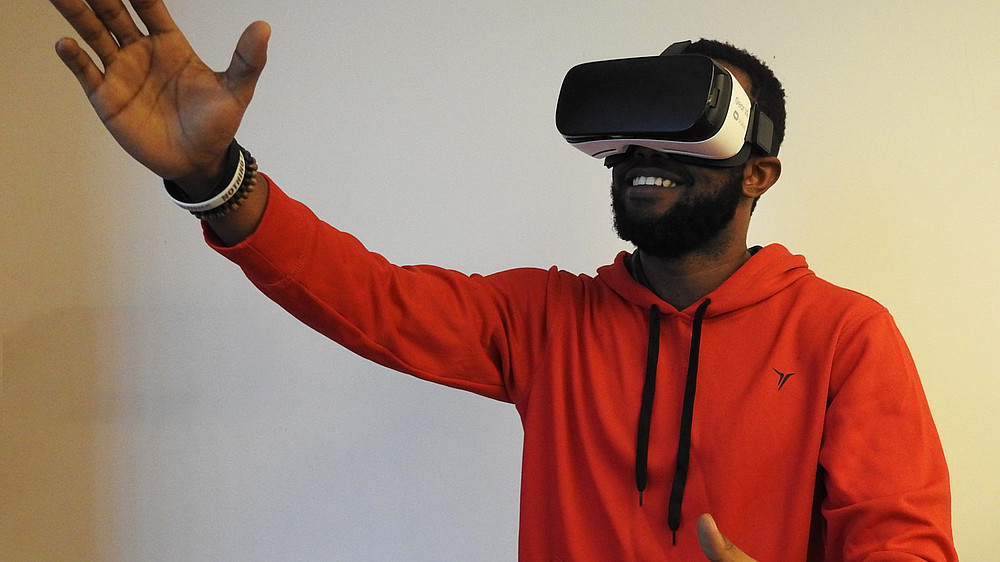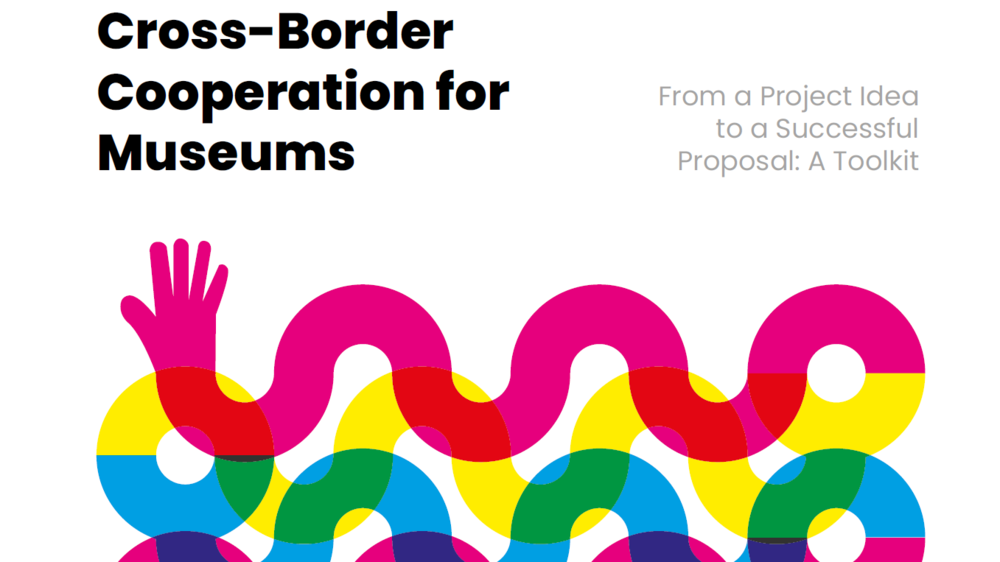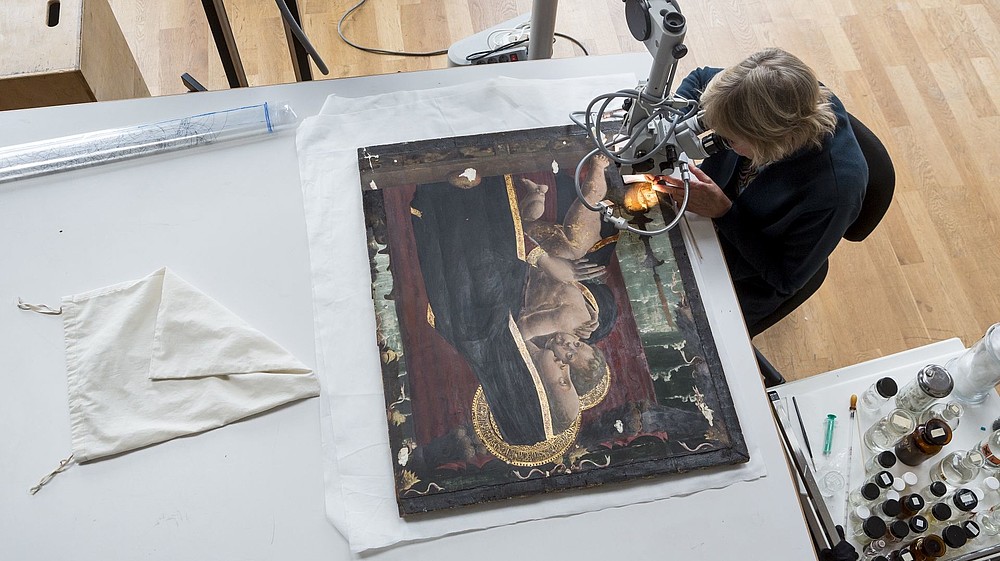How to build a European Project
The following tips will help you get started if you want to cooperate with partners in a EU funded project. We support our members in finding suitable project partners and we support them in shaping your project.
Museums’ role in projects
In order to participate in an EU-funded project, your museum can take on different roles. As a museum, you can participate on different levels as:
- project leaders and coordinators
- investigators
- actors (at various levels – including, for example, social, cultural and artistic roles)
- research objects
- curators
- scientists
- multipliers
- innovators
- users (of technical solutions).
Preparing to write an EU application...
- Start by having a look at the specific EU Funding Programme Priorities.
- Questions include: Are they compatible with my own organisation’s priorities? And with those of my partners? Is my organisation ready to lead or participate in an EU-funded project?
- Find the ideal match: Write a one-page outline for potential partners.
Six questions to start with…
- What is the focus of my project?
- What do I want to achieve?
- Is it coherent with the programme priorities and prerequisites?
- How do I identify my partners?
- Who will be my competitors?
NEMO toolkit with helpful tips
This toolkit helps museums, museum associations and other cultural organisations across Europe to better access EU funding and increase their international activities. The toolkit gives an overview of the benefits of international cooperation and the existing funding opportunities. With the toolkit, we want to increase the number of museums participating in EU funding programmes.
Do you want to know more about EU funding?
Keep in mind: Writing an application…
- Too many cooks spoil the broth: delegate the writing of the application to one organisation (after having agreed with partners on the general direction and objectives)
- Make sure you consult with partners, especially when detailing their tasks and involvement.
- Leave space for ‘organic growth’.
- Add statistics and other material to support your proposal.
A strong project proposal is:
- coherent
- simple
- evidence based
- clear
- rigorous in its planning
- explicit
- clearly defined.
Have a look at some successful EU projects
inDICEs
This EU Horizon 2020 funded project inDICEs – Measuring the Impact of Digital Culture wants project partners to empower policy makers and decision makers in the Cultural and Creative Industries (CCI) to fully understand the social and economic impact of digitalisation in their sectors and address the need for innovative (re)use of cultural assets.

CHARTER Alliance
The Erasmus+ Sector Skills Alliance funded project "Cultural Heritage Actions to Refine Training, Education and Roles (CHARTER)" will address skills shortages and unemployment in the heritage sector by creating a blueprint for sector skills strategy and development. The project started in January 2021 and will last for four years.




